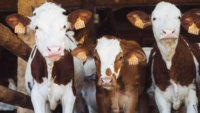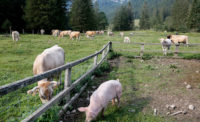EFSA: Veterinary Drug Residues Remain Low in EU Food Animals, Foods of Animal Origin

Image credit: Hal Gatewood via Unsplash
The presence of veterinary drugs and other substances in food animals and animal-derived foods in the EU remains low, according to data reported by the European Food Safety Authority (EFSA).
The data was collected during 2022 across EU Member States, Iceland, and Norway. Sampling and testing was conducted to determine the levels of hormones, antibacterials, environmental contaminants, prohibited substances, and other veterinary drugs in animals and foods of animal origin.
In 2022, the percentage of noncompliant samples was 0.18 percent. This is comparable to the previous 13 years, which saw a range of noncompliance between 0.17 percent and 0.37 percent. The rate for 2021 was 0.17 percent.
The number of noncompliant targeted samples was 0.27 percent, which is on par with the previous four years, ranging between 0.24 percent and 0.35 percent. Noncompliance increased from 2021 (0.24 percent).
The sample categories with the highest rates of noncompliance were wild and farmed game at 6.38 percent and 1.47 percent respectively, followed by honey (1.37 percent).
Looking for a reprint of this article?
From high-res PDFs to custom plaques, order your copy today!









